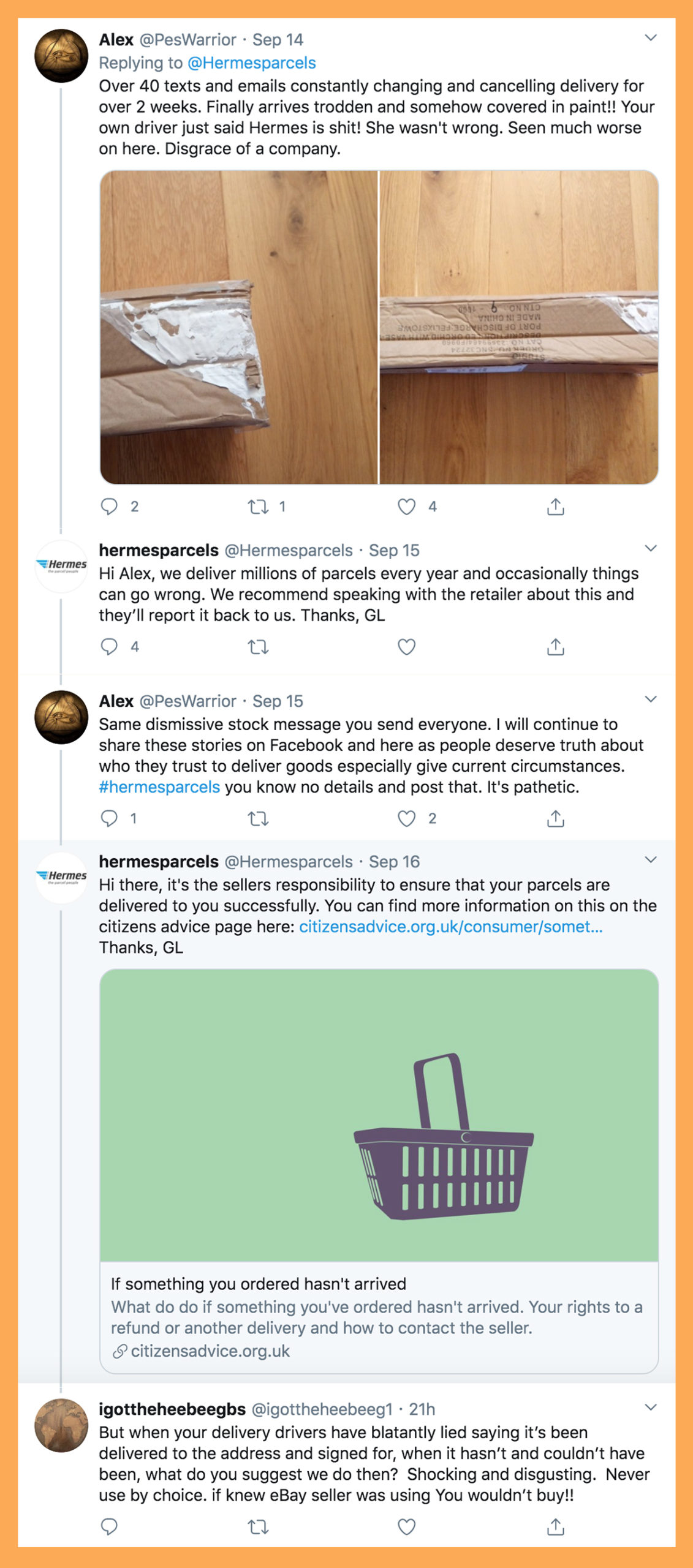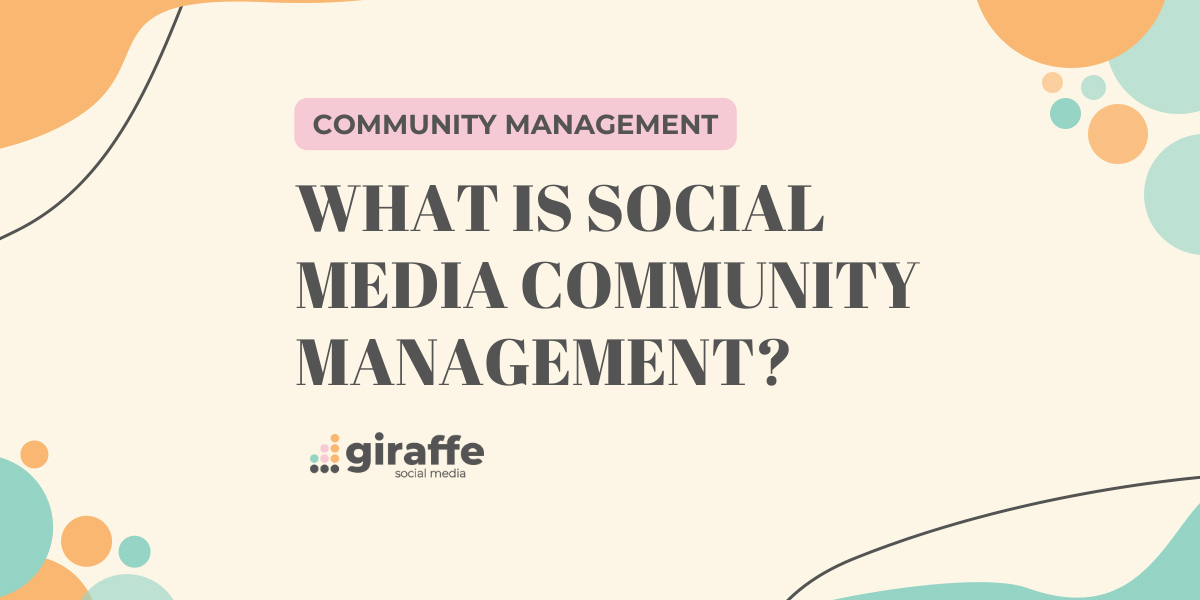If you’re using digital marketing for your business, social media community management should be a key part of your strategy. If you’re not sure quite what that is, or how to make it work for you, don’t panic! We’ve put together a super simple guide to effective social media community management.
What is social media community management?
Community management is pretty self explanatory – it’s the art of managing your online communities! It’s all about building and maintaining relationships, and presenting your brand in the best possible light. It includes:
- Replying to any comments or queries across your chose social media channels
- Dealing with any online complaints quickly and effectively
- Liking and resharing relevant and interesting posts
- Commenting on posts across your network
- Engaging with your audience
- Finding new followers and audience members
- Creating user-generated content
Why do I need to incorporate social media community management?
Community management is an often-neglected part of a social media strategy, which is just as important as the content you’re creating. You can have the best images, videos and accompanying copy, but if you’re not managing your community properly, they’re never going to perform as well as they could.
Effective community management is a great way to build your brand, increase your audience and connect with potential customers. It allows you to:
Deal with customer complaints
Negative feedback online can be a disaster, but effective community management allows you to spot the problem and deal with it quickly. Many customers head straight to social media platforms when they have a problem, so it’s important to be on top of it!
Identify potential influencers
Influencer marketing is a great way to spread awareness of your business and product. Regularly deep diving into your audience and target market allows you to identify people who best fit your brand.
Increase brand awareness
Engaging with your audience via social media is one of the best ways to showcase your brand. Adding extra details about your business into the conversation will capture users attention and pique their interest.
Team up with other brands
Working together with other brands automatically doubles your social media audience. Interacting with other local or national businesses will allow you to share information and followers, and tap into more potential customers.
Receive valuable feedback
Asking for opinions on products and services via social media platforms is a great idea. Your audience are your potential customers – so engaging with them in a real conversation will give you the best feedback possible. It will also save you a huge amount of time on constructing tick-box style feedback surveys!
Ten top tips for social media community management
Getting an effective community management strategy together can seem overwhelming if it’s something you’ve ignored until now. But don’t worry – we’ve got ten great, actionable tips to help you get going!
Identify your audience
The first step to great community management approach is to identify your target demographic and audience. Having a large audience is all well and good, but it’s not hugely helpful for your brand if none of your followers translate into customers.
Engage regularly
Regular communication with your audience is absolutely vital. Work out how long you have to spend on community management, then devise a schedule and stick to it. Followers and potential customers love familiarity and consistency, as it lets them know you’re available and listening.
Inject some personality
When talking to your audience, don’t be afraid to show a little personality – the last thing you want is to sound like an automated response service or a bot! Showing the human side of your brand will make you more relatable, approachable and memorable.
Respond in a timely manner
In the same way you should actively engage regularly, you should also make sure you respond to incoming comments and messages as quickly as possible. A query or complaint that is met with days of radio silence will at best become a lost customer, and at worst turn into a marketing nightmare.
Don’t ignore negative feedback or complaints
It goes without saying, but negative feedback or comments need extra special care and attention. Offering copy-and-paste responses, or even worse, using bots to reply is the worst thing you can do. When dealing with this type of interaction, make sure you respond as quickly as possible, sounding like someone who cares. The goal is to find an acceptable resolution for the customer – and in doing so, you might even turn a negative into a positive.
Set up groups
If you’re active on Facebook, try setting up a group to interact with your most dedicated followers. This will give you the opportunity to form deeper, more personal relationships with your customers. Make sure you establish solid rules from the outset, to ensure it’s safe and comfortable space for people to communicate in.
Utilise hashtags
Hashtags should always be part of your social media strategy. Including them in your own content and posts will allow users to find you – but you can also use them to find new audience members. Searching through hashtags will let you find people who are interested in products and services similar to yours. Once you’ve located them, simply following and engaging with their content opens up a channel of communication between you both.
Don’t make everything into an opportunity for a sale
Although your end goal might be to increase sales, turning all interactions into an opportunity to advertise other areas of your business is a big no-no. Stay on topic – your audience will thank you for it!
Set goals
Effective community management is measurable, so you need to take the time to set some goals. Think about what your main aims are – do you want to grow your audience? Or are you more interested in boosting sales and revenue? Whatever your desired outcome, setting specific goals will help you hone your approach.
Choose your metrics
Once you’ve got your goals in place, you’re going to need to monitor your actions to make sure they’re working. You should look at things like:
- Follower growth
- Incoming business leads
- Sales
- Web traffic
- Engagement, include likes, shares and re-posts
Examples of community management
We’ve rounded up three very different examples of community management. Each brand is approaching it in their own way, and we’ll leave you to judge the results for yourselves….
Hermes – Global Delivery
The UK branch of global delivery company Hermes is like a checklist of how not to do community management.

Their Twitter feed is jam-packed with customer complaints regarding delivery drivers, times and package receipt, and whoever is responsible for monitoring the channel is doing more harm than good.
They regularly use automated bot-style replies, refuse to acknowledge responsibility for problems, and even simply ignore complaints. Users queries and complaints often take days to be attended to, and are often left completely unresolved.
Additionally, Hermes tweets and replies have absolutely no personality or tone of voice. They’re completely flat, humourless and impossible to engage with. Customers would be forgiven for thinking they were bots!
Glossier – Beauty Brand
Meanwhile, beauty brand Glossier are fairly new to the market, but have already amassed a pretty hefty following (and that coveted blue tick!) We think this has to be partly due to their pretty great approach to community management.

They respond quickly to customer queries, and it’s pretty clear that they really know their stuff. Glossier also spend time re-tweeting, quote-tweeting and sharing content that their audience has tagged them in, which makes them feel valued members of the community.
They also manage to nail the tone of voice for their brand. They’re light-hearted, approachable and friendly without being too over-familiar. They’re also not afraid to throw in an emoji – which we know younger audiences love!
MoonPie – Snacks Brand
American snack brand MoonPie are simply out of this world with their community management (sorry…..!)

MoonPie perform on social media like no other brand we’ve ever seen. Firstly, they invest a LOT of time into their community management, engaging daily with a huge amount of their followers and customers. They also tend to drop in a users name here and there – a clever trick to make audiences feel more connected to the business!
Secondly, their tone of voice is completely unique for a brand. They’re casual, humourous and not afraid to be a bit quirky. This works brilliantly because it makes them stand out from other companies, and helps to spread brand awareness. They’re fun without being rude; their replies are designed to draw users into conversations and their lack of perfect grammar and punctuation only makes them more approachable. We think they’re the most relaxed brand we’ve ever seen on social media!
This was originally posted on September 17th 2020. The article was updated for relevance on October 11th 2022.






